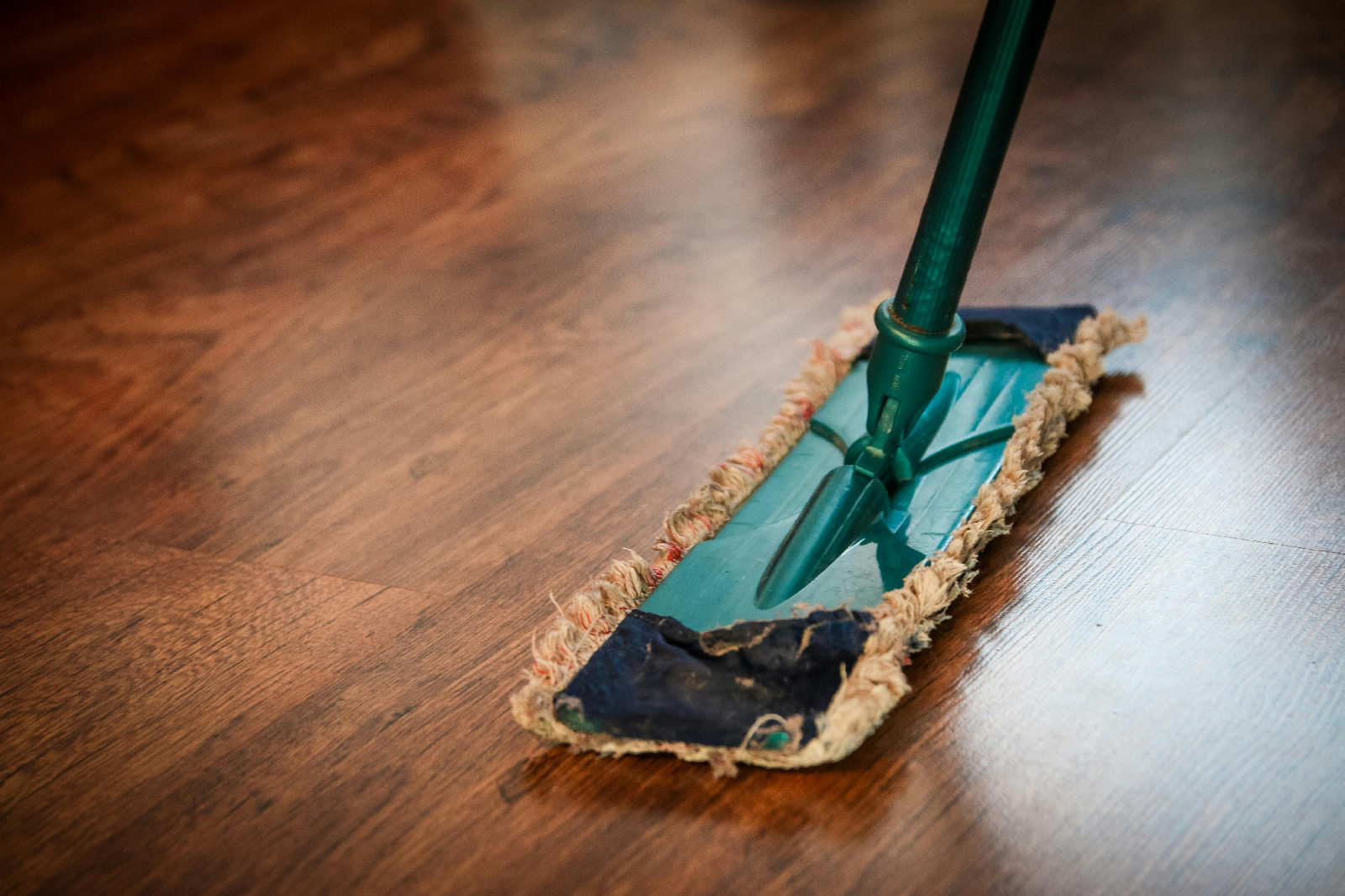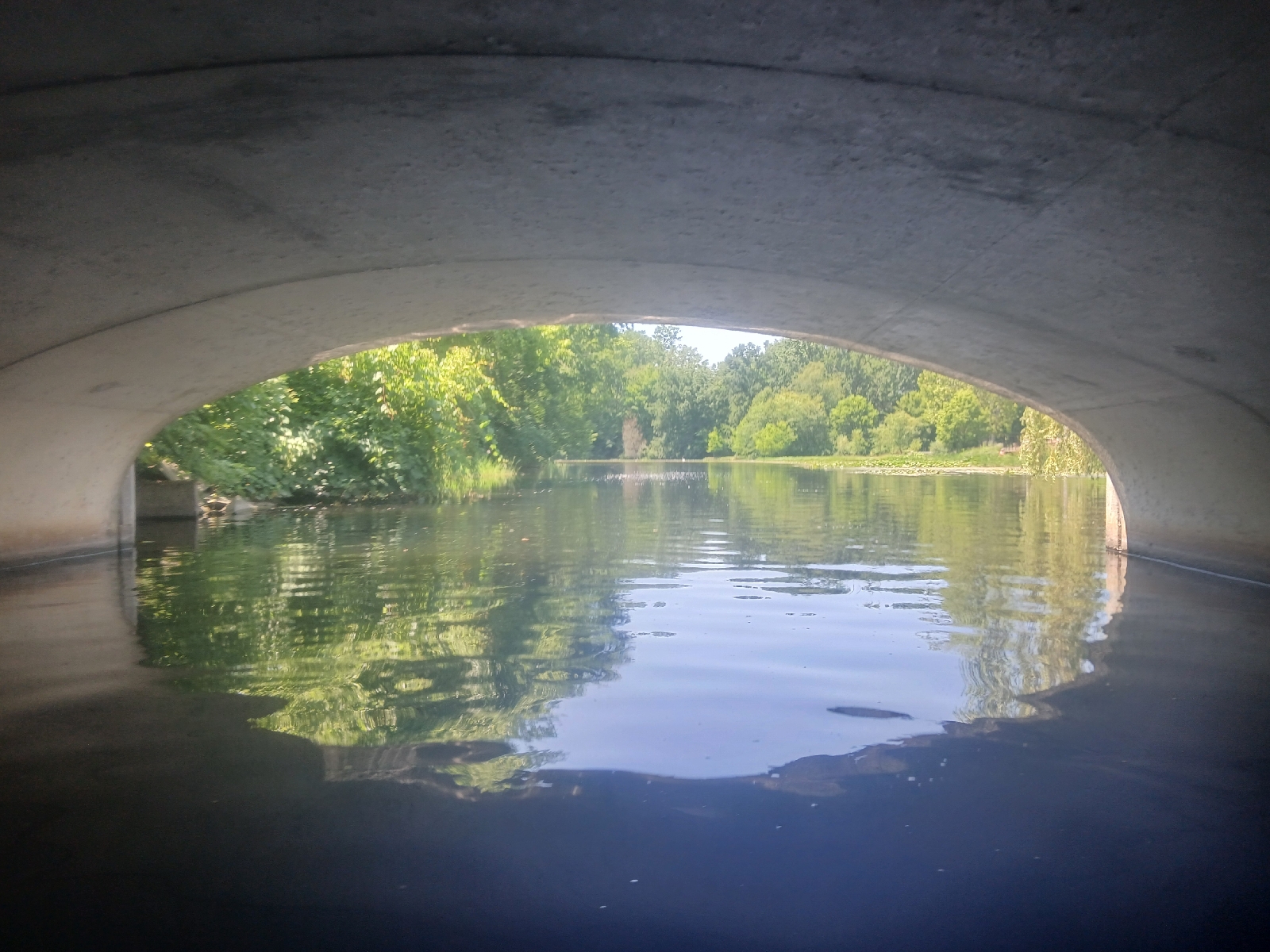Kayaking is one of the best ways to connect with nature, get a workout, and enjoy the outdoors. Whether you’re a beginner or a seasoned paddler, finding the perfect local spot for a kayaking adventure can make all the difference. Here’s a guide to discovering some of the best kayaking spots near you, along with tips on what to expect and why each destination is worth a visit.
---
1. Serene Lakes and Ponds: Perfect for Beginners and Relaxed Paddling
If you’re new to kayaking or simply want a quiet, relaxing paddle, lakes and ponds are ideal. They often have calm, flat waters and are typically located in scenic, peaceful settings.
What to Expect: Lakes offer stunning reflections of the surrounding trees, hills, or mountains, especially in the early morning or evening.
Popular Lakes for Kayaking: Look for lakes within state parks or nature reserves, as they often have kayak rentals and picnic areas.
Best For: Beginners, families, and those seeking a peaceful, meditative experience.
---
2. Coastal Bays and Harbors: Stunning Scenery and Marine Life
For those interested in a bit of adventure while still keeping it relatively calm, coastal bays and harbors are excellent choices. They provide a unique experience with mild waves and the chance to spot marine life.
What to Expect: Paddling in a bay gives you a combination of open water with some shelter from the full force of the ocean. You might encounter seals, dolphins, or seabirds along the way.
Popular Bays: Local bays like Monterey Bay in California or Chesapeake Bay on the East Coast are popular among kayakers for their beauty and wildlife.
Best For: Intermediate paddlers, nature enthusiasts, and photographers.
---
3. Slow-Moving Rivers: A Scenic Journey Through Nature
Paddling down a river allows you to cover more ground while enjoying the sights along the way. Slow-moving rivers are perfect for beginners or those looking for a leisurely journey through forests, meadows, or small towns.
What to Expect: Rivers often offer diverse scenery and can lead to hidden spots like small islands, sandy banks, or areas rich with wildlife.
Popular Rivers: Look for river trails designated for kayaking, like the Suwannee River in Florida or the Colorado River in the Southwest.
Best For: Day trips, relaxed exploring, and bird-watching.
---
4. Local Waterways in Urban Areas: The Adventure Close to Home
Many cities now offer opportunities to kayak right in the heart of town. Urban waterways, like rivers or canals, let you experience the city from a unique perspective and are ideal if you don’t have time to drive out to a more remote spot.
What to Expect: Urban kayaking provides views of cityscapes, bridges, and architecture while offering a peaceful escape from busy streets.
Popular Urban Waterways: Spots like the Chicago River in Chicago or the Hudson River in New York City have kayaking programs that let you explore iconic city views from the water.
Best For: Convenient paddling close to home, sightseeing, and short adventures.
---
5. Wildlife Reserves and Wetlands: Paddle Among Nature’s Best
Wetlands and wildlife reserves provide one of the most immersive kayaking experiences. These areas are often home to a variety of birds, fish, and plants, offering endless opportunities for wildlife spotting.
What to Expect: Wetlands are typically shallow, with winding waterways, abundant vegetation, and diverse ecosystems.
Popular Wetland Spots: Try spots like the Everglades in Florida or the Congaree National Park in South Carolina for unforgettable wildlife experiences.
Best For: Nature lovers, photographers, and those interested in learning about local ecosystems.
---
6. Coves and Inlets: Calm Waters with Beautiful Surroundings
Coves and inlets offer calm waters in sheltered areas along the coast or near larger lakes. These are great for enjoying picturesque views and are often quiet, making them ideal for an early morning paddle.
What to Expect: Small coves or inlets typically have little boat traffic and are enclosed by land, providing peaceful conditions and scenic views.
Popular Coves and Inlets: Explore local coastal inlets like those found in Acadia National Park in Maine or Bodega Bay in California.
Best For: Peaceful paddling, scenic photography, and beginners seeking calm water.
---
7. Island Hopping: Kayak from Shore to Shore
If you have some experience and a sense of adventure, island hopping is a unique way to explore multiple spots in a single trip. Kayak between small islands, stopping at each to explore, rest, or picnic.
What to Expect: Depending on the distance, island hopping can be moderately challenging, so check conditions and distances before setting out. Many islands have beaches, hiking trails, and picnic spots.
Popular Island Spots: Areas like the Apostle Islands in Lake Superior or the San Juan Islands in Washington are known for island-hopping adventures.
Best For: Experienced kayakers, those looking for day-long adventures, and explorers.
---
8. Waterfalls and Rapids: Thrills for Experienced Paddlers
If you’re ready for an adrenaline rush, kayaking near waterfalls or gentle rapids provides a more intense experience. This is for experienced paddlers who want to challenge themselves with moving water.
What to Expect: Paddling near rapids or waterfalls requires good control of your kayak and a knowledge of swift water techniques.
Popular Spots: Try rivers with gentle rapids, such as the Nantahala River in North Carolina or the Rogue River in Oregon.
Best For: Advanced paddlers and thrill-seekers.
---
9. Forested Lakes and Mountain Views: The Best of Nature
For scenic, breathtaking views, look for forested lakes with mountain backdrops. These spots are perfect for sunrise or sunset paddling, offering spectacular views and a sense of tranquility.
What to Expect: Lakes in forested or mountainous areas tend to be quiet and provide clear, reflective water that’s perfect for photography.
Popular Spots: Try locations like Lake Tahoe in California/Nevada or Crater Lake in Oregon for incredible natural scenery.
Best For: Photography, peaceful paddling, and nature lovers.
---
10. Your Local Reservoirs and Ponds: Hidden Gems Nearby
Sometimes, the best kayaking spots are right under your nose. Local reservoirs and ponds often offer beautiful scenery, easy access, and minimal crowds, making them perfect for a quick outing.
What to Expect: Many reservoirs have clear, calm waters, fishing opportunities, and areas for picnics, making them family-friendly and ideal for beginners.
Popular Local Spots: Check out local parks or nature areas for reservoir access. Many towns have public reservoirs or ponds open to kayakers.
Best For: Quick paddles, family outings, and beginner-friendly adventures.
---
Whether you’re looking for a relaxing paddle through wetlands, an adventurous journey between islands, or a peaceful float on a forested lake, there’s a kayaking spot out there that suits your style. Exploring local waterways not only offers a great way to stay active but also provides a refreshing perspective on the natural beauty around you. So grab your kayak, pack a few essentials, and start discovering the best local spots for your next kayaking adventure.









